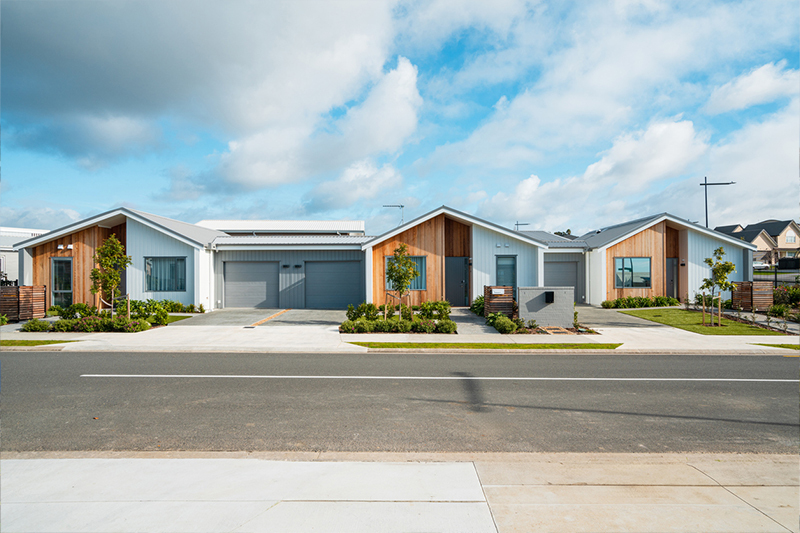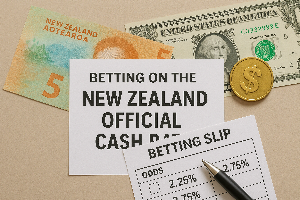
Easing mortgage rates mean more affordable stand-alone houses are appealing to home buyers again.
Cotality’s (formerly CoreLogic) Mapping the Market report shows in contrast, values for townhouses and flats across the second quarter of this year are more hit and miss.
In just over half of the country’s suburbs (54%) values for townhouses and flats were steady or rose, but only 16% had growth of 2% or more.
While some areas posted notable increases - including North West Bay (Marlborough) and Whangarei Heads - only 43 suburbs saw townhouse values rise by at least 5%, and just 12 exceeded 7%
Among the main urban areas, standout results included Waikouaiti near Dunedin (up 6.8%), Chedworth in Hamilton (4.8%), Onetangi in Auckland (4.2%) and Eastbourne near Wellington (3.9%)
However, 42 suburbs had declines of 3% or more in townhouse values, including Poike (Tauranga), Wakari (Dunedin), and Pukete (Hamilton).
Cotality chief property economist Kelvin Davidson says the emerging split between property types is nothing major yet, but some differences could be a reflection of shifting buyer preferences and affordability pressures.
“Detached houses, particularly in smaller and more affordable suburbs, seem to be where the early property market recovery is taking hold,” he says.
“Townhouses and flats aren’t falling away, but haven’t risen on such a widespread basis yet either. In some locations, such as Auckland, this will more than likely reflect the large pipeline of new developments.”
Across the quarter 62% of suburbs, or 1,652 out of 2,661, had flat or rising median values for stand-alone houses, with 22% of those having an increase of at least 2%.
In the main centres, strong results were in Dunedin, as well as Kelburn in Wellington (up 4.1%), Temple View in Hamilton (3.0%), Little River near Christchurch (3.1%) and Bethells Beach in Auckland (3.0%).
Apartments stuck in limbo
Meanwhile the latest research from CBRE on Auckland’s apartment market shows the worst is over but there is no recovery yet.
In a decade low, there are still 787 units for sale in the current pipeline.
Developers have been struggling to sell apartments and two-bedroom townhouses, known as terraced homes, and many have ended up in the rental pool until the house market improves.
Few projects are planned, many have been shelved because of poor economic conditions and the pipeline has shrunk by 15 developments to 54.
Although project completions for the first quarter increased to double digits, CBRE says this is unsustainable given the size of the pipeline.
Of the pipeline projects three are being marketed while the rest have a building consent or are under construction.
Seven projects obtained pre-sales this year, including two which have Crown underwrites.
Prices down substantially
Data from Barfoot & Thompson’s, Auckland’s biggest residential real estate agency, shows the monthly median selling price down $311,500 from the 2021 peak.
The median selling price was $928,500 in May. That's down from $934,000 in April and $970,000 in March.
And listings have reached a peak of 6,083 – the most homes for sale at this time of the year since 2008. That was when the global financial crisis (GFC) took hold.
This high number of listings is likely to keep a lid on prices. "The market is in one of those rare moments where prices are stalled and now represent better value for money than at any time in the last two to three years," Peter Thompson, Barfoot & Thompson managing says.





Comments
No comments yet.
Sign In to add your comment